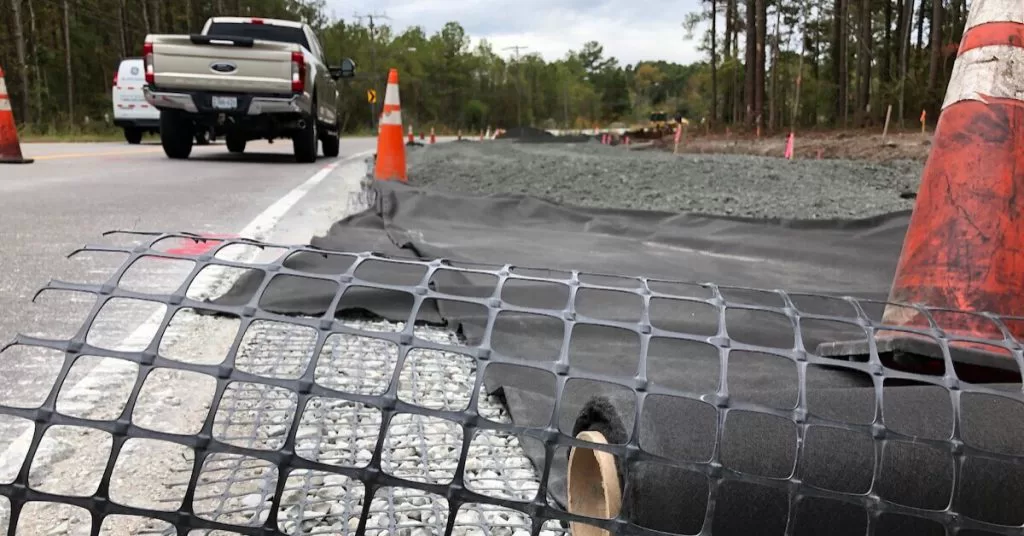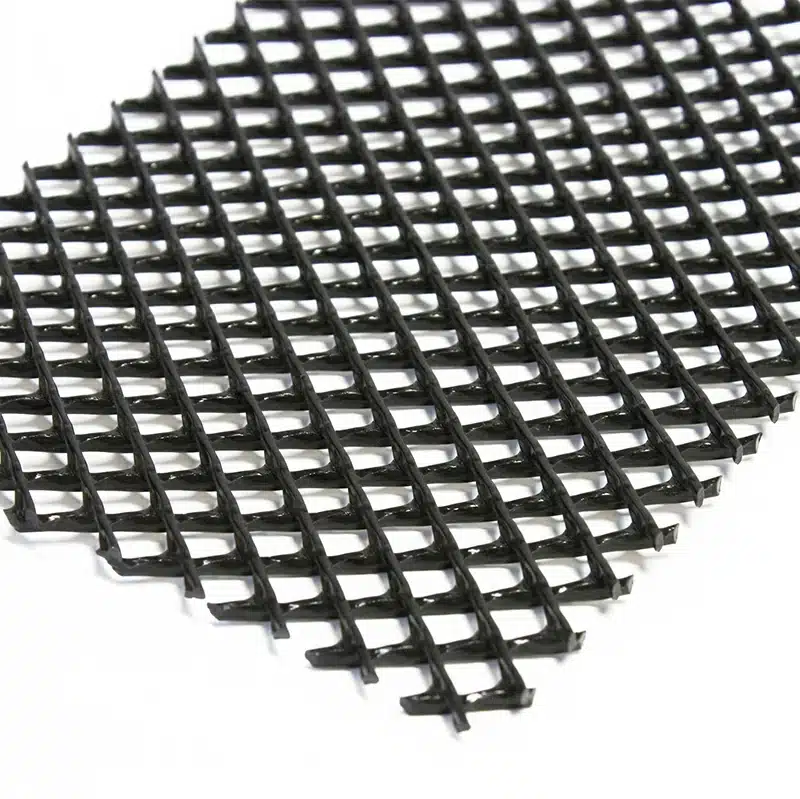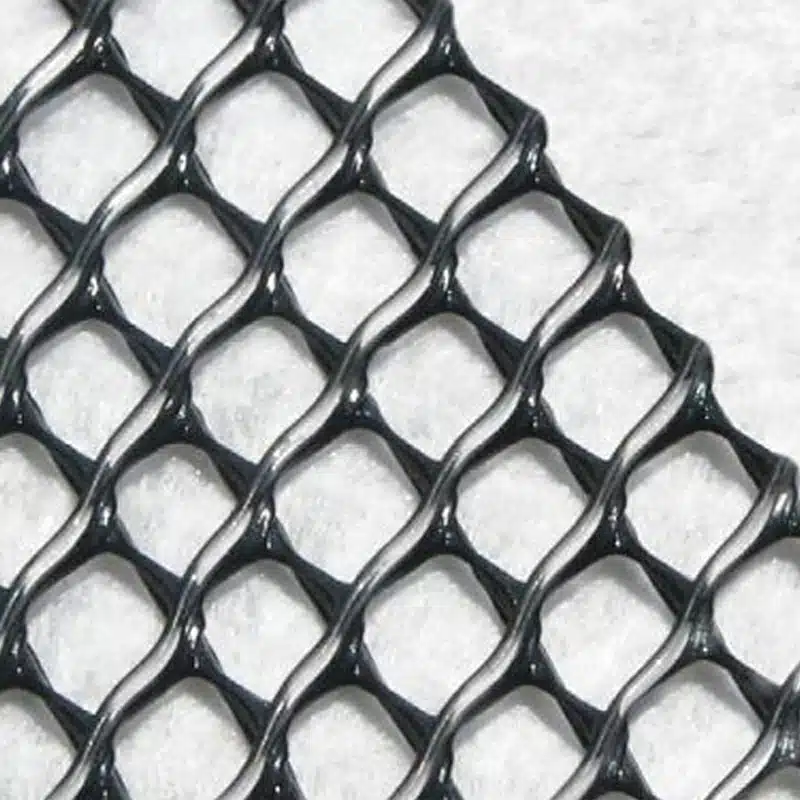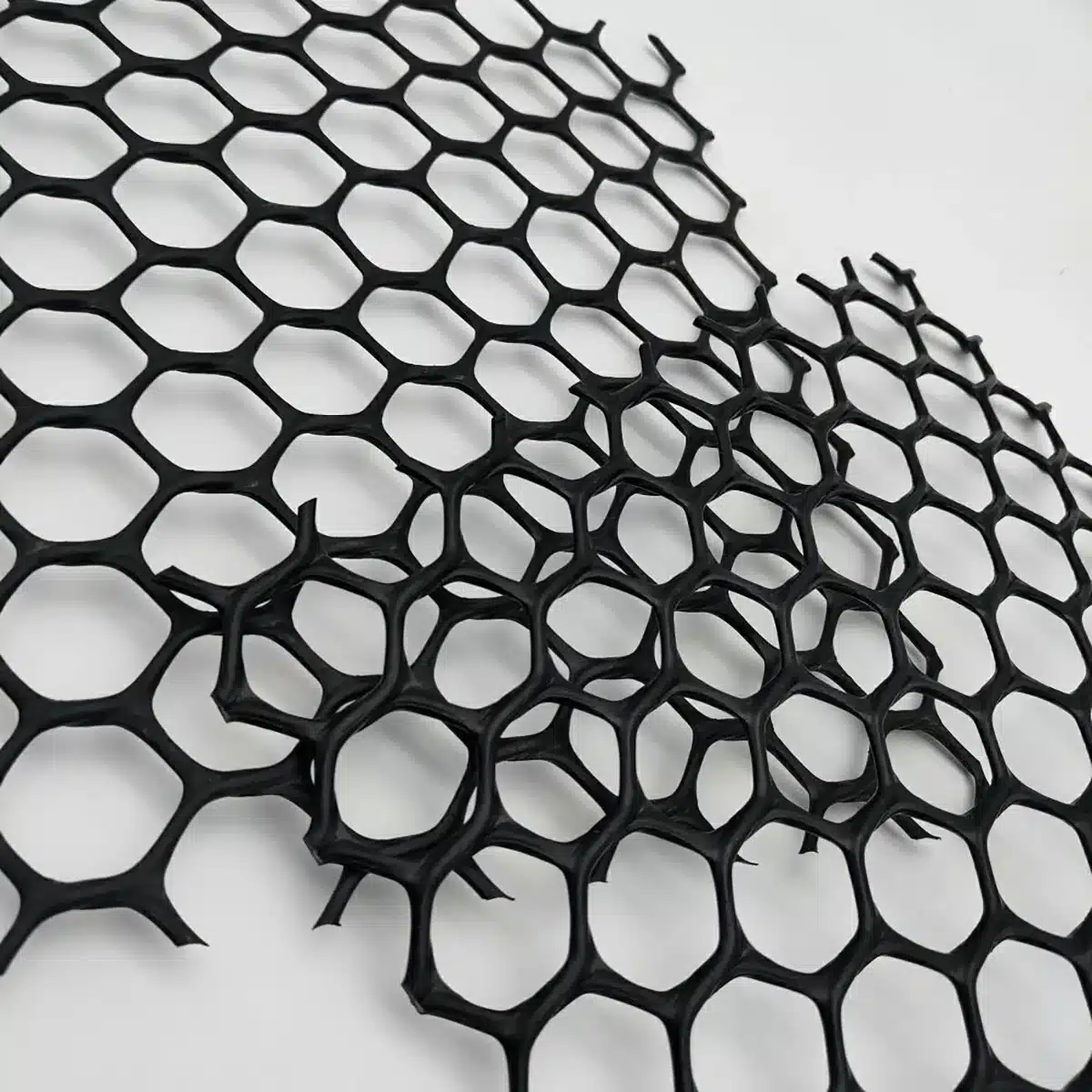+86-159 9860 6917
info@geofantex.com
geofantex@gmail.com
+86-400-8266163-44899
Geosynthetic reinforcement has emerged as a crucial element in modern infrastructure construction. This article delves into its significance, application, and benefits, shedding light on its role in enhancing the durability and strength of various civil engineering projects.、

What is geo-reinforcement?
Geo-reinforcement refers to the use of geosynthetic materials, such as geotextiles, geogrids, and geocomposites, to enhance the mechanical properties of soil structures. These materials are designed to improve soil stability, increase load-bearing capacity, and control deformations in various civil engineering applications. Geo-reinforcement is commonly used in projects like retaining walls, embankments, slopes, and pavements to provide additional strength and durability to the soil structure, thereby extending the lifespan of the construction and reducing maintenance costs over time.
What is the use of geosynthetic as a reinforcement?
Geosynthetics play a crucial role in civil engineering and construction projects by bolstering structures and soil. They’re essential for:
- Strengthening Soil: Geosynthetics enhance soil stability, preventing erosion and boosting its capacity to bear weight. This is vital, especially in areas with soil erosion or where soil strength needs a boost.
- Reinforcing Retaining Walls: They fortify retaining walls, ensuring they resist pressure from soil and water, averting collapse or distortion.
- Enhancing Embankments and Slopes: Geosynthetics provide additional stability in constructing embankments on soft soil, lowering the risk of landslides and erosion, especially on steep terrain.
- Improving Roads: These materials are integrated into roads to enhance their structure, reduce cracks, and better distribute weight.
- Controlling Erosion: Geosynthetics are vital in erosion control, like safeguarding shorelines, and preventing soil loss due to water or wind.
What are the different types of geosynthetics used for reinforcement purposes?
Certainly! Geosynthetics encompass various types, each designed to serve specific purposes in reinforcement applications. Here are some of the primary types:
- Geotextiles: These are permeable fabrics made of synthetic materials like polypropylene or polyester. Geotextiles are used for filtration, drainage, separation, and reinforcement in civil engineering projects. They enhance soil stability, prevent soil erosion, and provide support in various construction applications.
- Geogrids: Geogrids are grid-like structures made from polymer materials or steel. They are used for soil reinforcement, providing strength by distributing loads over a wider area. Geogrids are especially effective in reinforcing retaining walls, slopes, and pavements.
- Geomembranes: These are impermeable membranes made from materials like high-density polyethylene (HDPE), polyvinyl chloride (PVC), or ethylene propylene diene terpolymer (EPDM). Geomembranes serve as barriers to prevent the seepage of liquids or gases and are commonly used in containment applications, such as landfill liners or pond liners.
- Geocells: Geocells are three-dimensional honeycomb-like structures made from interconnected panels or cells. They are used for soil confinement, providing support and stability in applications like load support for roads, erosion control, and slope protection.
- Geocomposites: These are combinations of different geosynthetic materials, such as geotextiles and geomembranes or geotextiles and geogrids. Geocomposites offer multiple functionalities, combining the advantages of various materials for specific project needs, such as drainage, filtration, and reinforcement.

How does geosynthetic reinforcement surpass traditional methods of reinforcement?
Geosynthetic reinforcement offers several advantages over traditional methods:
- Strength and Durability: Geosynthetics, like geogrids or geotextiles, often exhibit superior strength compared to natural materials. They withstand loads, soil movement, and other stresses more effectively, leading to increased durability and longevity of structures.
- Ease of Installation: Geosynthetics are typically lightweight and easier to handle than traditional materials like rocks or steel. Their installation is often faster, requiring fewer labor resources and specialized equipment.
- Cost-Effectiveness: While geosynthetics may have a higher initial cost compared to some traditional materials, they can result in overall cost savings due to reduced labor, transportation, and construction time.
- Versatility: Geosynthetics offer versatility in applications. They can be tailored to specific project needs, providing solutions for a wide range of soil conditions and engineering challenges.
- Environmental Benefits: Using geosynthetics can sometimes be more environmentally friendly than traditional methods. They may involve fewer natural resources, reduce excavation, and lower the carbon footprint associated with transportation and installation.
- Performance: Geosynthetics often exhibit consistent and predictable performance characteristics, which can be designed and controlled more precisely compared to traditional materials.
Geosynthetic reinforcement emerges as a linchpin in contemporary construction, offering versatile solutions that bolster structural stability and endurance. Understanding its applications and advantages is pivotal for engineers and construction professionals seeking to elevate the efficiency and resilience of their projects, ultimately shaping a more robust infrastructure landscape.



Get Free Sample
We’ll respond as soon as possible(within 12 hours)





















